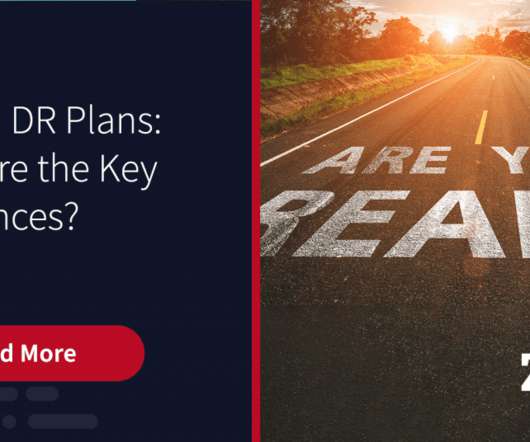BCP vs. DR Plans: What Are the Key Differences?
Zerto
AUGUST 18, 2022
The outcome of that planning process is the business continuity plan, or BCP. ” The BCP is a master document that details your organization’s entire prevention, mitigation, response, and recovery protocols for all kinds of threats and disasters. The purpose and scope of the BCP. The same goes for the DRP.
















Let's personalize your content